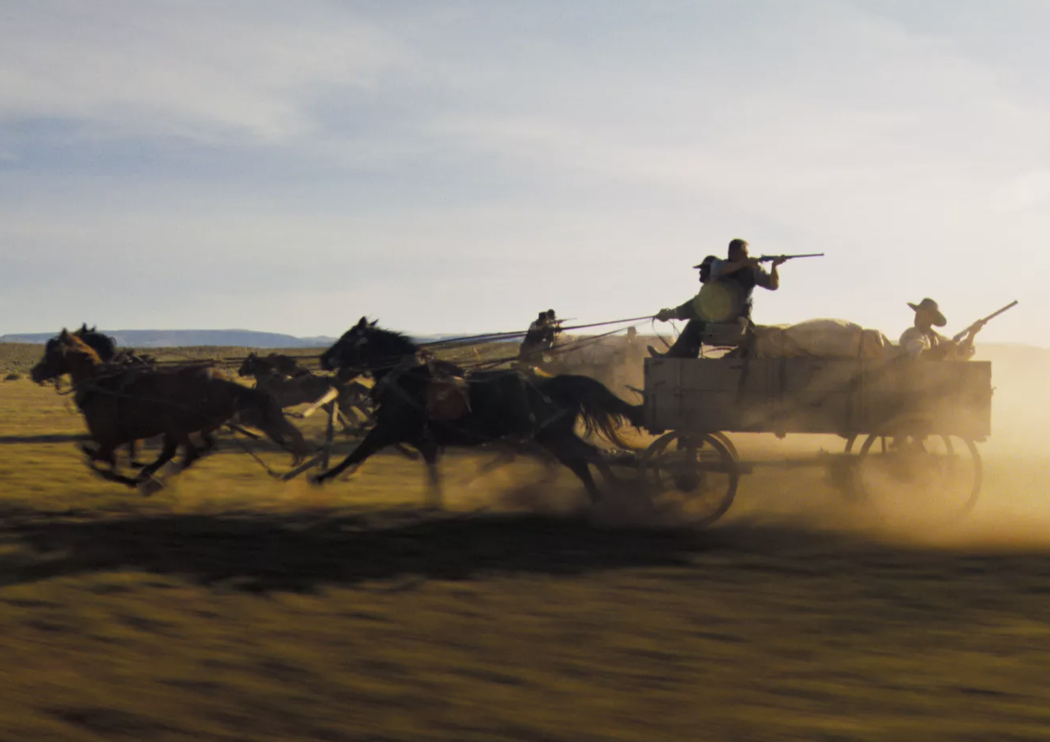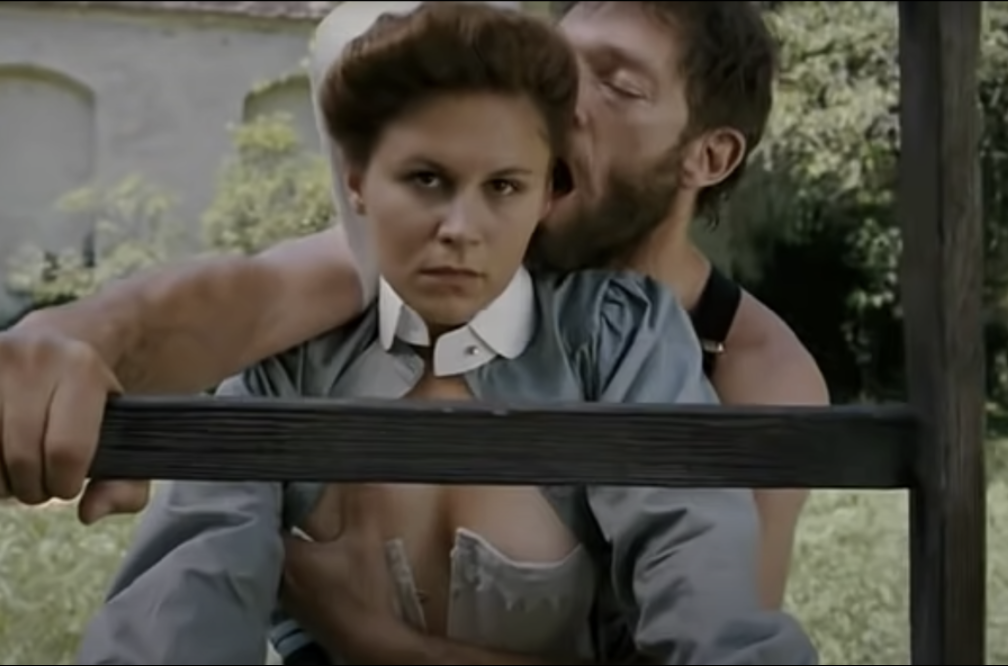In an interview with HitFix/In Contention‘s Kris Tapley, dp Emmanuel Lubezski praises Gravity‘s Alfonso Curaon and To The Wonder‘s Terrence Malick as directors who “don’t use cinematography as an illustration to text,” Lubezki says. “I would say 99 percent of the directors don’t know the value or don’t know the power of visual storytelling,” he explains. “[But] for Alfonso and Terry, cinematography and visuals are not a branch, are not a part of the movie, but are the movie — as important as the actor, as important as the location, as important as the music.”
And yet any honest person who’s kept up with Malick since his return to filmmaking 15 years ago (and who has contemplated the three Malick films shot by Lubezki — The New World, The Tree of Life and Into The Wonder) would have to admit that Malick has all but destroyed his once-potent mystique because he’s placed too much emphasis on the purely visual. He doesn’t give enough consideration to script and dialogue matters, and seems to have more or less abandoned conventional narrative. This plus his now-customary prolonged fiddle-faddling in post-production has fed a growing notion that Malick is a gifted but flaky eccentric — i.e., Mr. Wackadoodle.
Lubezki’s duck-and-weave, buffalo-pondering, wandering-around camerawork on the dialogue-free Wonder was beautiful and mesmerizing by the laws of its own realm but finally fatiguing and baffling. How many times were we expected to maintain interest in Olga Kurylenko‘s free-spirited, spinning-in-circles dance moves?













